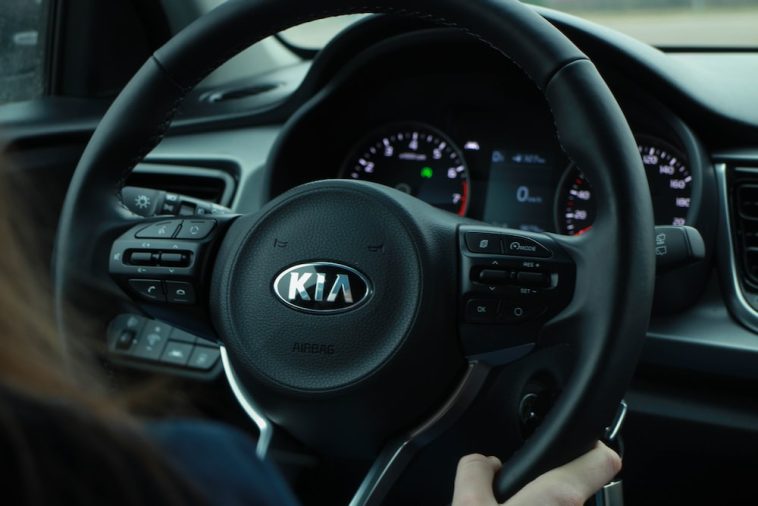Introduction.
Importing a second-hand car can be an enticing option for automobile enthusiasts in India, providing access to a wider range of vehicle models and potential cost savings.
However, the process of importing a used car into India involves navigating through several legal and administrative requirements.
In this guide, we will walk you through the essential steps and considerations involved in importing a second-hand car into India.
How Do I Import a Second-Hand Car In India?
Importing a second-hand car into India can be an exciting opportunity for car enthusiasts to own a unique vehicle that may not be available in the domestic market.
However, the process of importing a used car involves a series of legal and administrative procedures.
To help you navigate through this process, we have put together a comprehensive guide on how to import a second-hand car in India.
1. Research Import Regulations.
Before diving into the import process, it is crucial to understand the import regulations and requirements set by the Indian government.
These regulations are designed to regulate the influx of vehicles and protect the domestic automobile industry.
Familiarize yourself with the eligibility criteria, import duties, and any restrictions or conditions imposed by the authorities. Stay updated with the latest rules and regulations to ensure a smooth import experience.
2. Choose the Right Car.
Once you are aware of the import regulations, it’s time to choose the second-hand car you wish to import. Consider factors such as the car’s age, condition, mileage, and compliance with Indian emission norms.
Conduct a thorough inspection and research its market value to ensure you are making an informed decision.
3. Engage a Customs Clearing Agent.
Navigating the customs clearance process can be complex and time-consuming. Hiring a customs clearing agent or a freight forwarding agent who specializes in vehicle imports can simplify the process.
They will assist you in preparing the necessary documentation, customs clearance, and compliance with the import regulations.
4. Obtain Import Permission.
Before importing the car, you need to obtain the necessary import permit from the Directorate General of Foreign Trade (DGFT).
Submit the required documents, including the purchase invoice, registration certificate, pollution under control (PUC) certificate, insurance documents, and any other documents specified by the DGFT.
5. Arrange Shipping and Insurance.
Once the import permission is granted, you need to arrange for the shipping of the vehicle to India. Select a reputable shipping company that specializes in vehicle transportation and ensure that the car is securely packed and protected during transit.
Additionally, obtain comprehensive insurance coverage to safeguard against any potential damage or loss during shipping.
6. Pay Import Duties and Taxes.
Importing a second-hand car into India attracts various import duties and taxes. Calculate the applicable customs duties, Goods and Services Tax (GST), and any other levies based on the car’s value, age, and engine capacity. Be prepared to make the necessary payments to the customs authorities.
7. Customs Clearance and Registration.
Once the car arrives in India, it will go through customs clearance procedures at the designated port of entry.
Your customs clearing agent will handle the necessary paperwork, including submitting the Bill of Entry, obtaining the customs clearance certificate, and paying any outstanding duties or taxes.
After customs clearance, you must register the vehicle with the Regional Transport Office (RTO) in your state as per the prescribed guidelines.
8. Compliance and Modifications.
To ensure compliance with Indian regulations, you may need to make certain modifications to the imported car.
These modifications can include adjusting the headlights, speedometer calibration, and other changes to meet the requirements of the Central Motor Vehicles Rules.
Consult with an authorized service centre or a specialized workshop to make the necessary modifications and obtain the required certification.
9. Roadworthiness and Certification.
To legally drive an imported vehicle in India, it must undergo a roadworthiness test. Approach a government-approved testing agency for a thorough inspection and obtain the necessary certification.
This certification ensures that the vehicle meets the safety and emission standards prescribed by the Indian authorities.
10. Complete Registration and Pay Taxes.
After obtaining the necessary certification, complete the registration process with the RTO by submitting the required documents, including the customs clearance certificate, roadworthiness certificate, and insurance documents.
Additionally, pay the applicable road tax and obtain the registration number and certificate for your imported car.
Conclusion.
Importing a second-hand car in India requires meticulous planning, adherence to regulations, and attention to detail.
It is crucial to stay informed about the latest import policies and seek professional assistance when needed.
By following the steps outlined in this guide, you can navigate the import process successfully and enjoy the experience of owning a second-hand car that perfectly suits your preferences.






GIPHY App Key not set. Please check settings